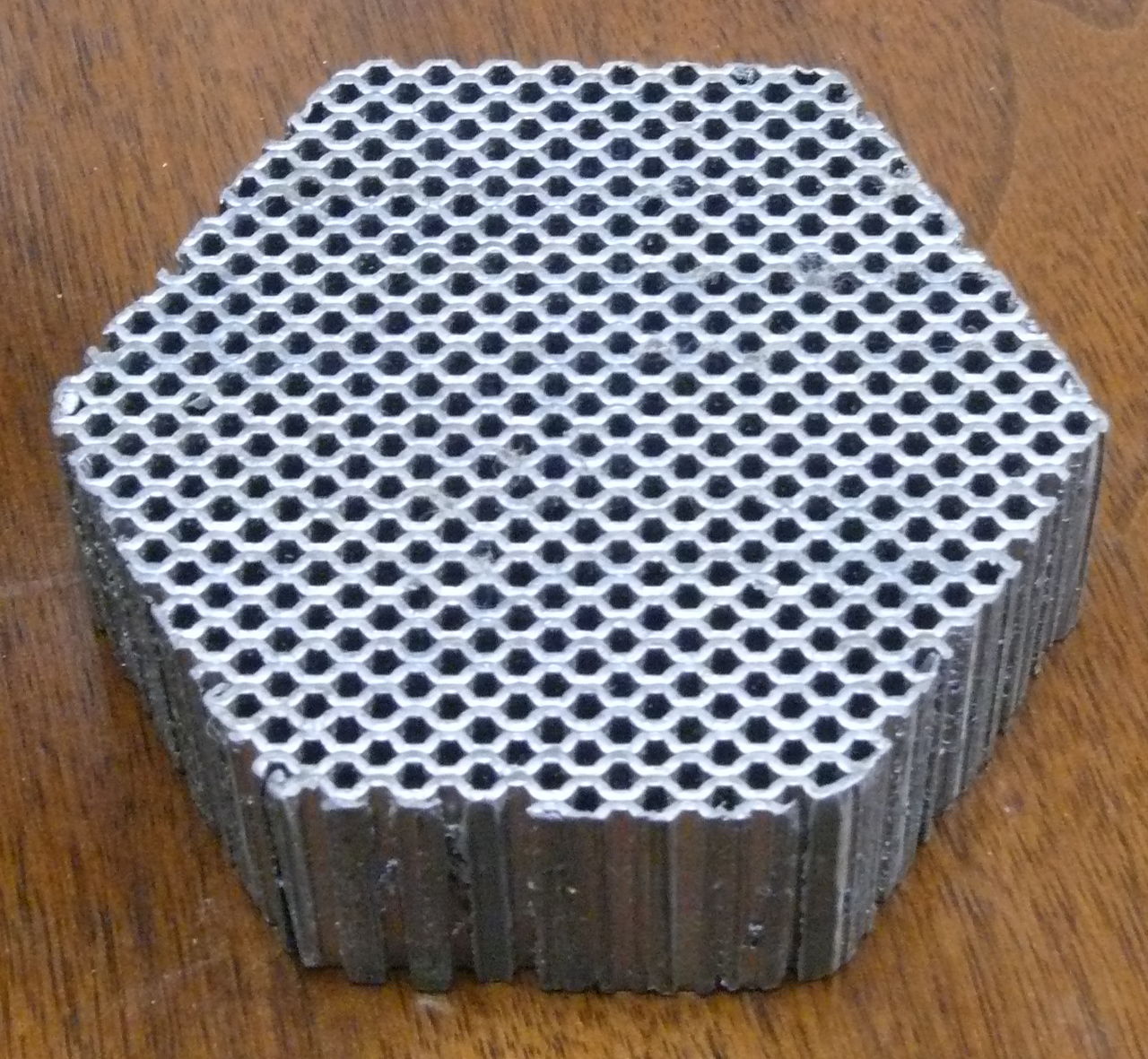One of the finds from the 2022 Atlanta Hamfest that I’m most excited about is the bin of slide rules and slide rule books that Connie found at one of the flea market tables.
There were 10 different slide rules and a total of 12 slide rules in the bin. Some of them were pretty basic slide rules, and some were more advanced with multiple scales, some of which I hadn’t seen before. These bring my slide rule collection up to 15.
I’ve made a first pass through the bin to check out the slide rules and jot down some notes about them. All of them are in pretty good condition, although one of them is missing the cursor. Two Keuffel & Esser rules, three Picketts, three Sterling, a couple very short pocket sized slide rules, and a little circular rule with some basic scales on it.
It will take me a while to research, photograph, and learn more about each slide rule. Should be a fun project.


























